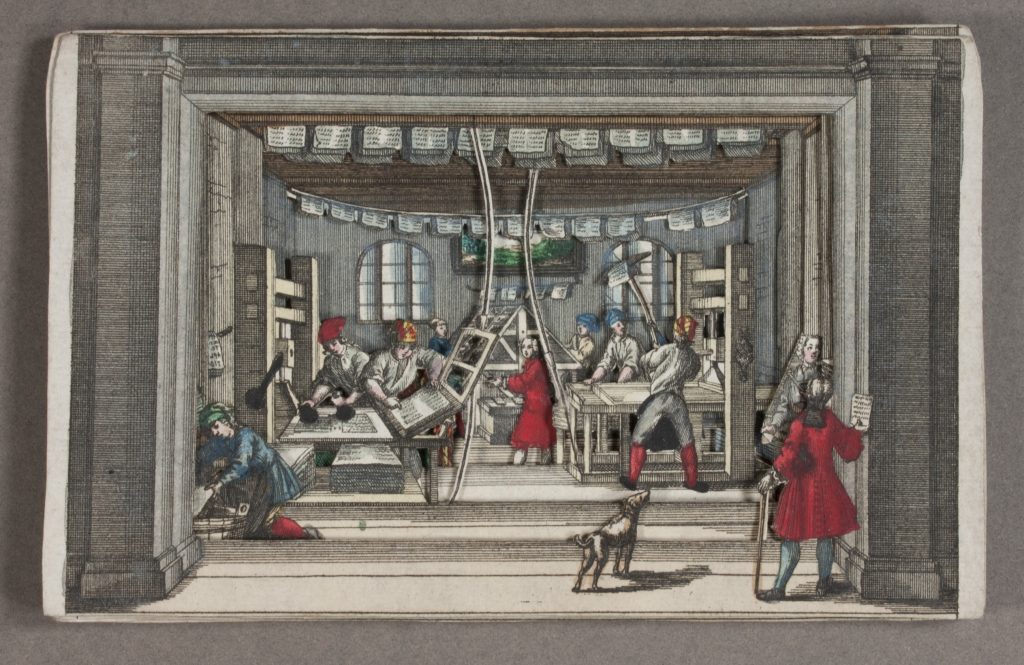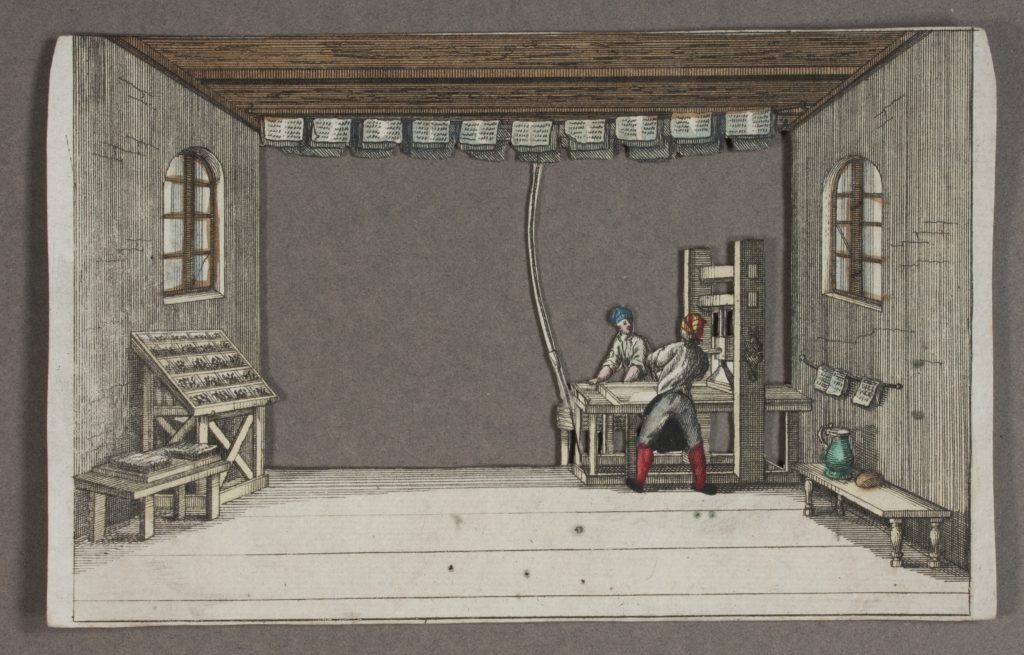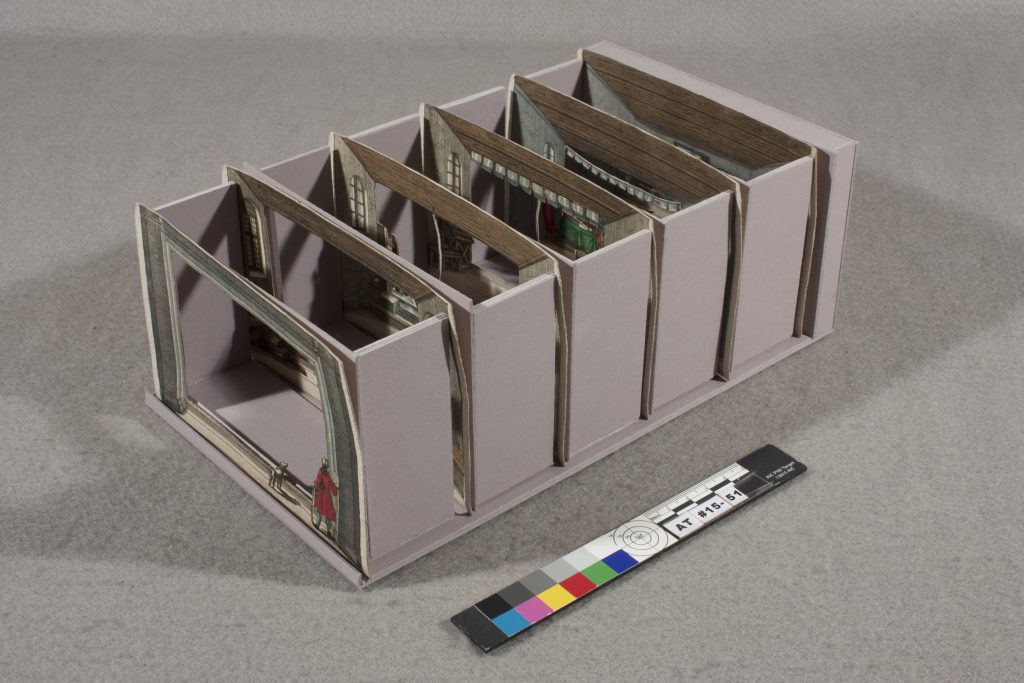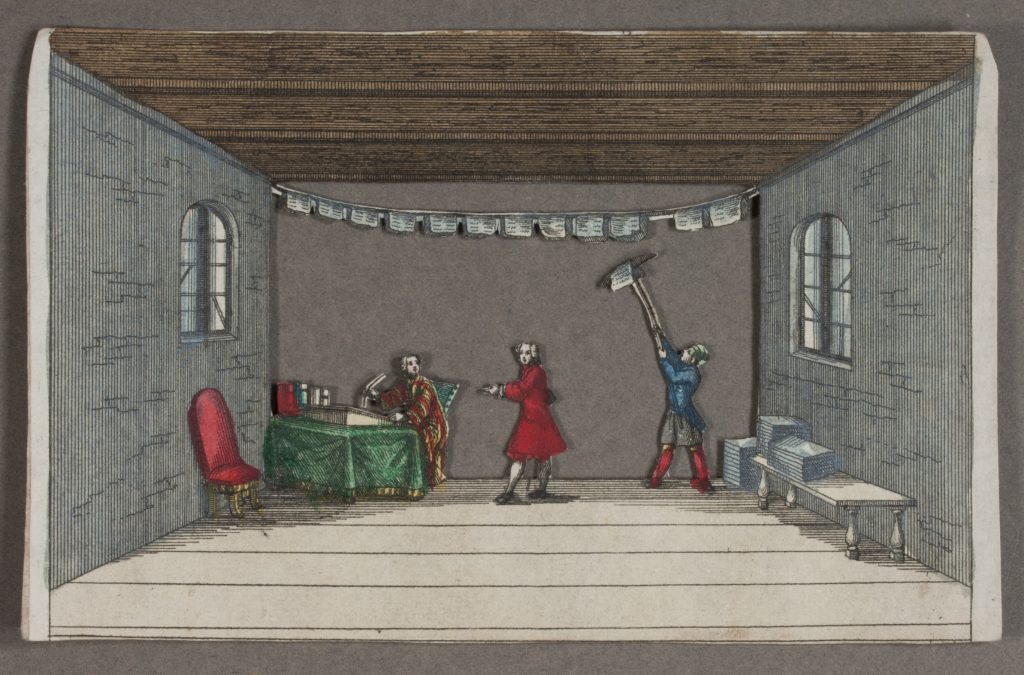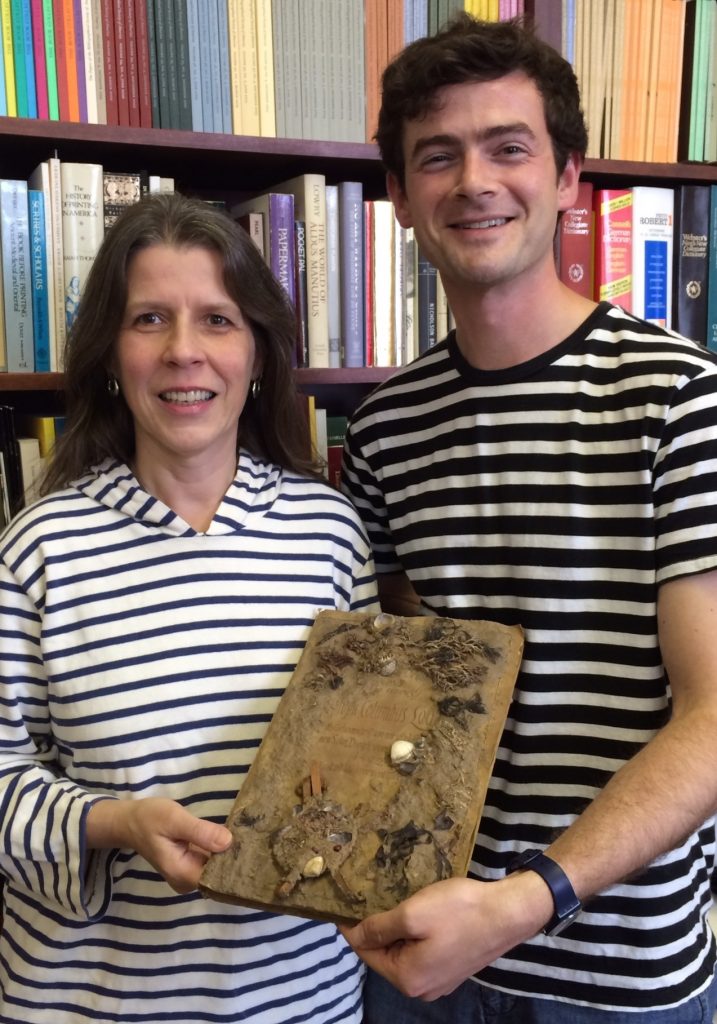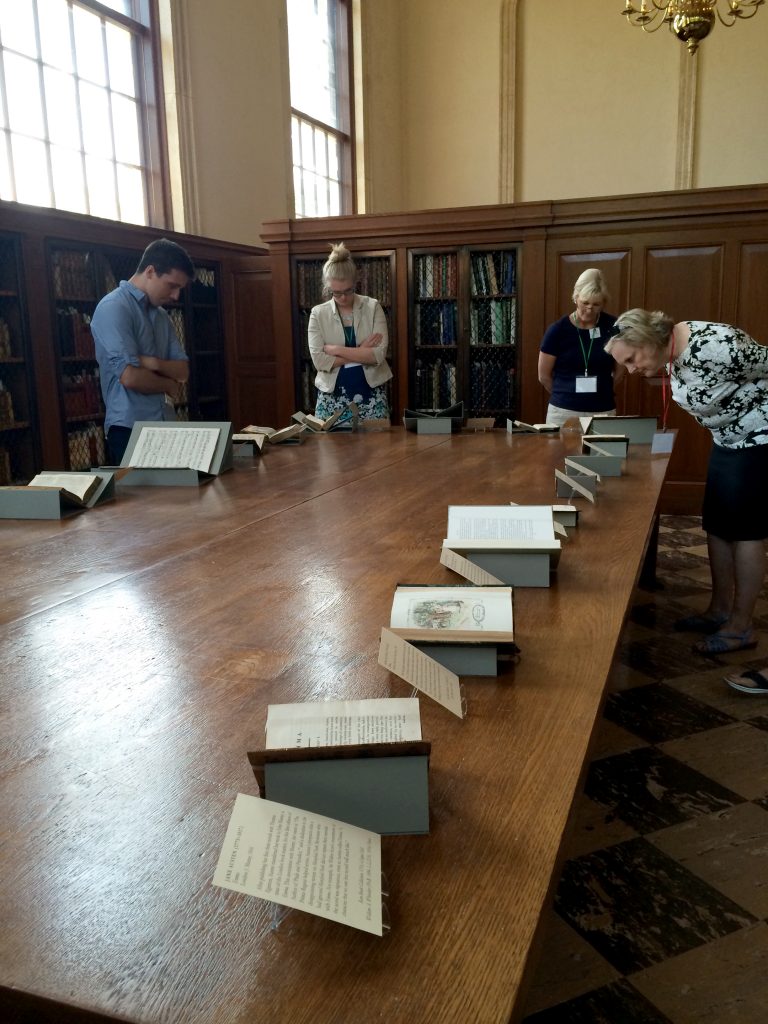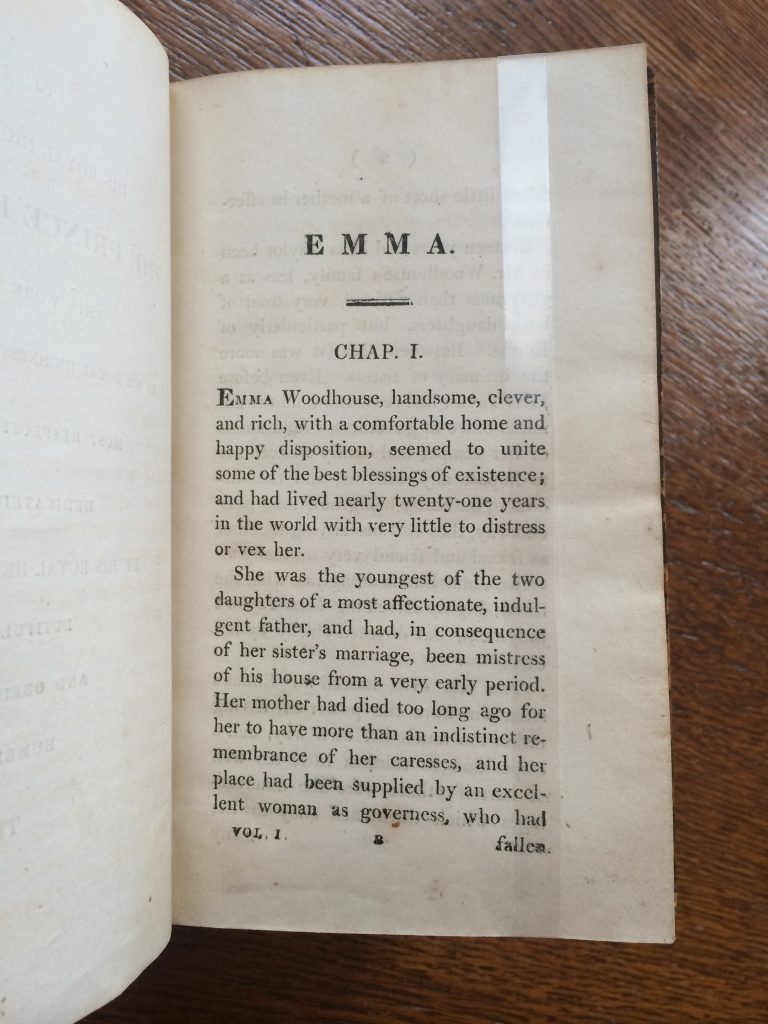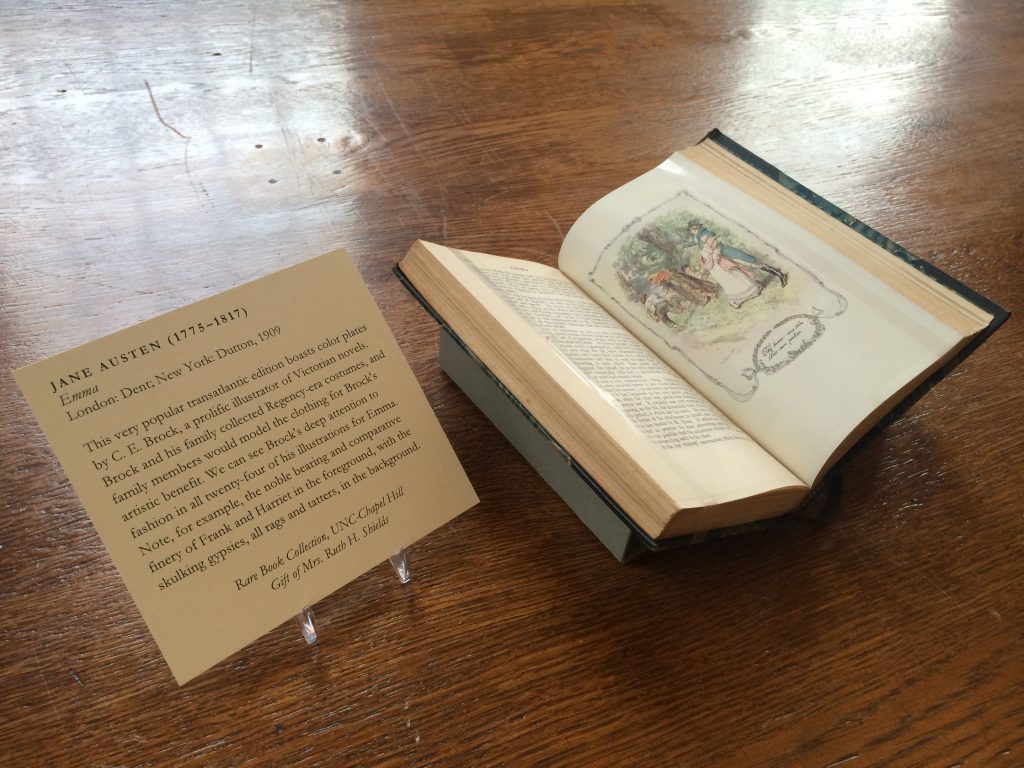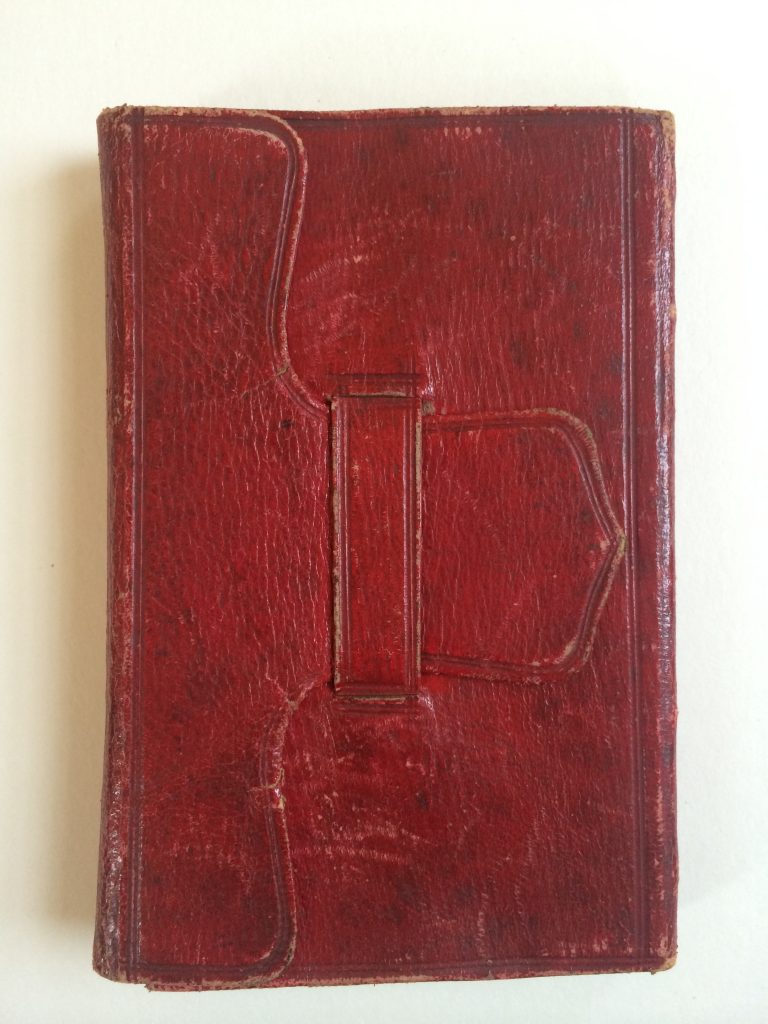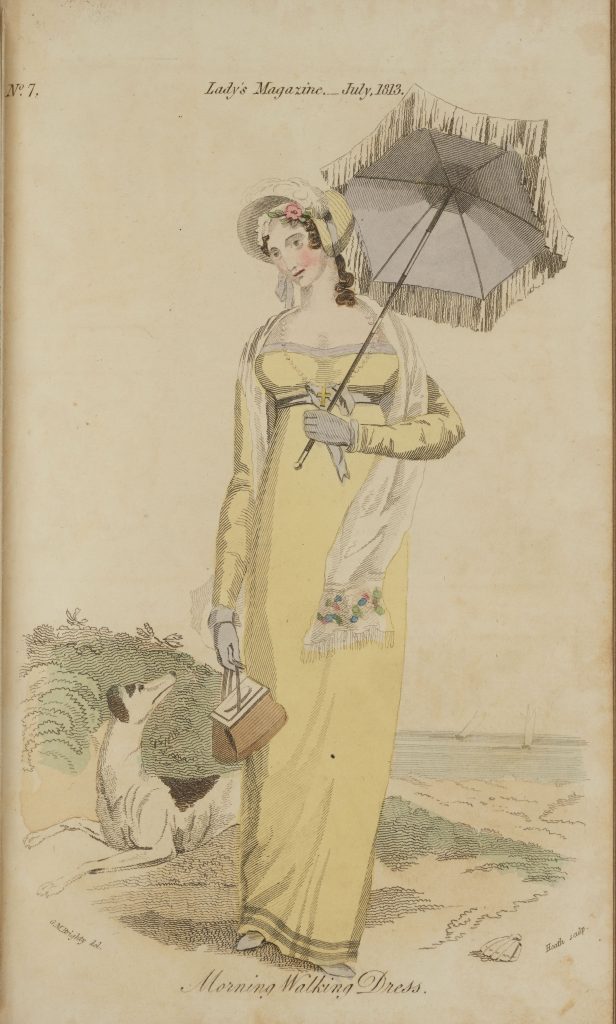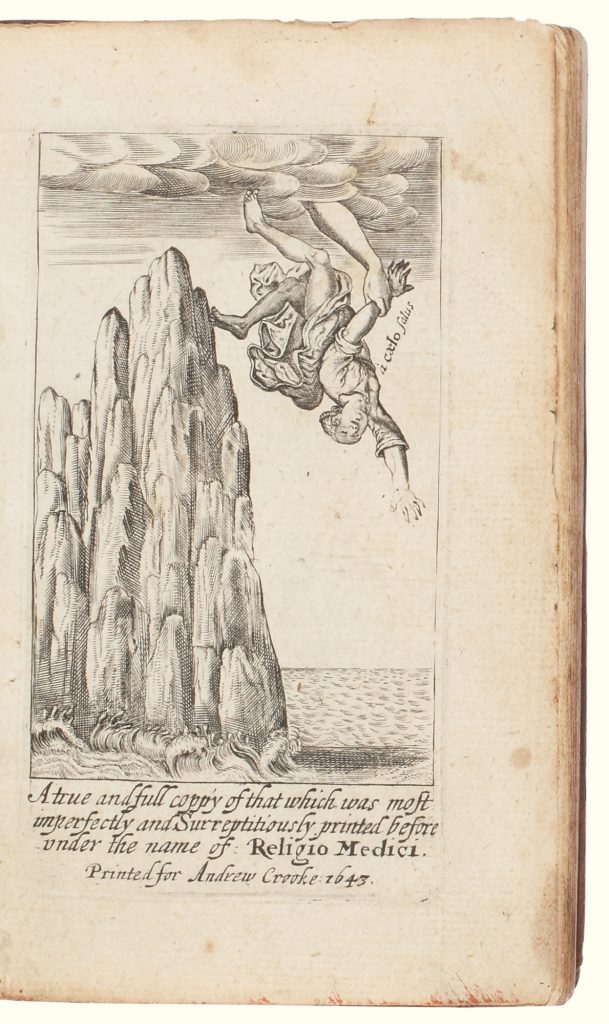
The rare book world is filled with talk about the recent sale of the library of late collector Robert S. Pirie. UNC Professor Emeritus Mark L. Reed, III, recalls Pirie as a classmate at Harvard many decades ago, in William Jackson’s bibliography course. Reed was a graduate student in English literature, and Pirie was the only undergraduate in the class. Mark Reed went on to teach at UNC and become a leading Wordsworth scholar, bibliographer, and collector. (His Wordsworth collection, the basis for his 2013 bibliography, now resides at UNC.) And Pirie went on to a career as an attorney and investment banker and to form “what will always be considered one of the finest libraries of English literature of not just our time, but of all time,” as the Sotheby’s sale catalog states.
Pirie’s collection was mostly sixteenth- and seventeenth-century English literature, and the RBC acquired three books from it that fit nicely with faculty research and existing holdings. Serendipitously, Mark Reed is among the members of the Whitaker Fund Committee, which approved these purchases.
First among the three works is the rare first authorized edition of Religio Medici, which supports the scholarship of UNC Professor Reid Barbour. Professor Barbour writes about its significance:
“When it was first published in the 1640s, Sir Thomas Browne’s Religio Medici made an immediate and a powerful impact on readers throughout Europe. Readers of a wide spectrum of confessional identities celebrated it for its peaceful form of Christianity but others roundly condemned it as atheistic. Over the course of nearly a decade, Browne had transformed the work on several occasions, in keeping with his conviction that his authorial self was subject to change. But the first authorized edition, published in 1643, was Browne’s final attempt to reshape those prose meditations on God, nature, and humanity that were causing such a stir after the work’s extensive manuscript circulation and unauthorized publication in 1642.
“The 1643 edition plays a central part in the new Oxford University Press edition of Religio Medici, edited by Brooke Conti of Cleveland State University and me,” Barbour continues. “UNC’s acquisition of a copy of this edition will enable me to conduct careful and extensive analysis of the book’s physical properties, from its famous frontispiece image of a man tumbling from a steep cliff only to be rescued by the hand of God, to its paper stock, watermarks, and textual variants.”
Other works acquired at the sale are The Crowne of All Homers Worckes Batrachomyomachia or the Battaile of Froges and Mise. His Hymn’s—and—Epigrams Translated According to the Originall. By George Chapman. (London, 1624?) and Elkanah Settle’s The Empress of Morocco. A Tragedy with Sculptures. As It Is Acted at the Duke’s Theatre (London, 1673).

The Crowne of All Homers Worckes completes The Whole Works of Homer, . . . Translated According to the Greeke by Geo. Chapman (London, 1616), already in the RBC (PA4025.A1 C45). This acquisition sustains the interests of UNC Professor Jessica Wolfe, who has recently published Homer and the Question of Strife from Erasmus to Hobbes (Toronto, 2015).
The Settle will surely be a valuable resource for UNC’s dramatic programs. The RBC has six other works by Settle, an important playwright of his period. The Empress of Morocco distinguishes itself by being the first English drama to be so extensively illustrated.



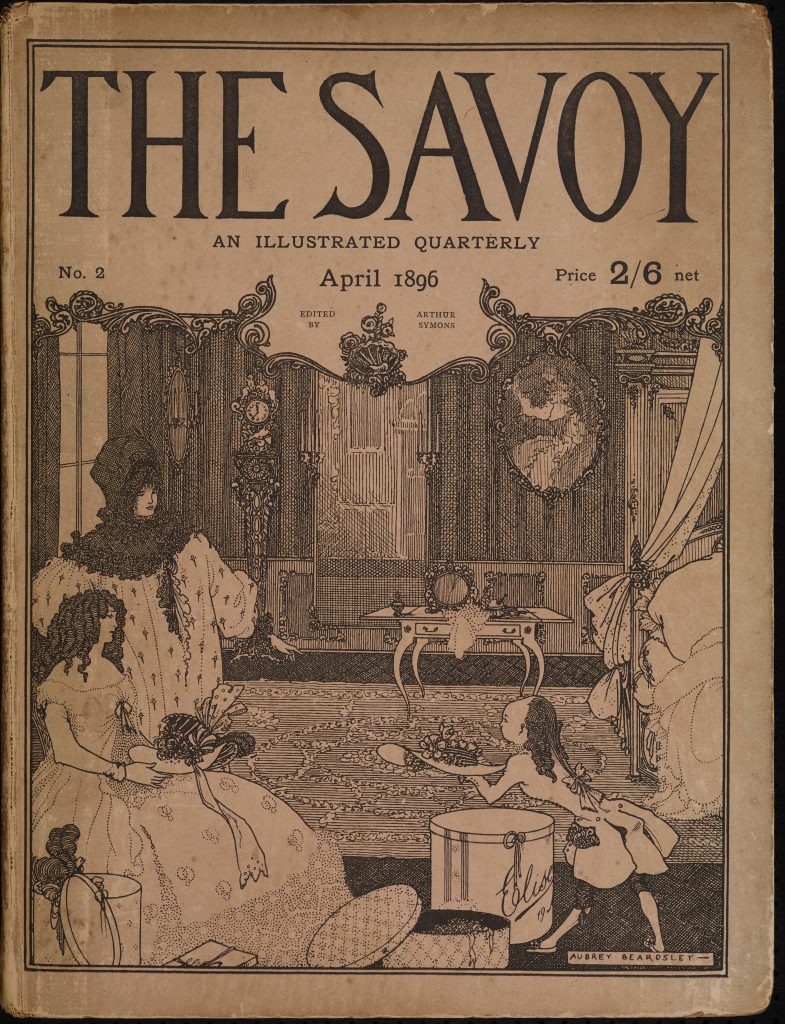
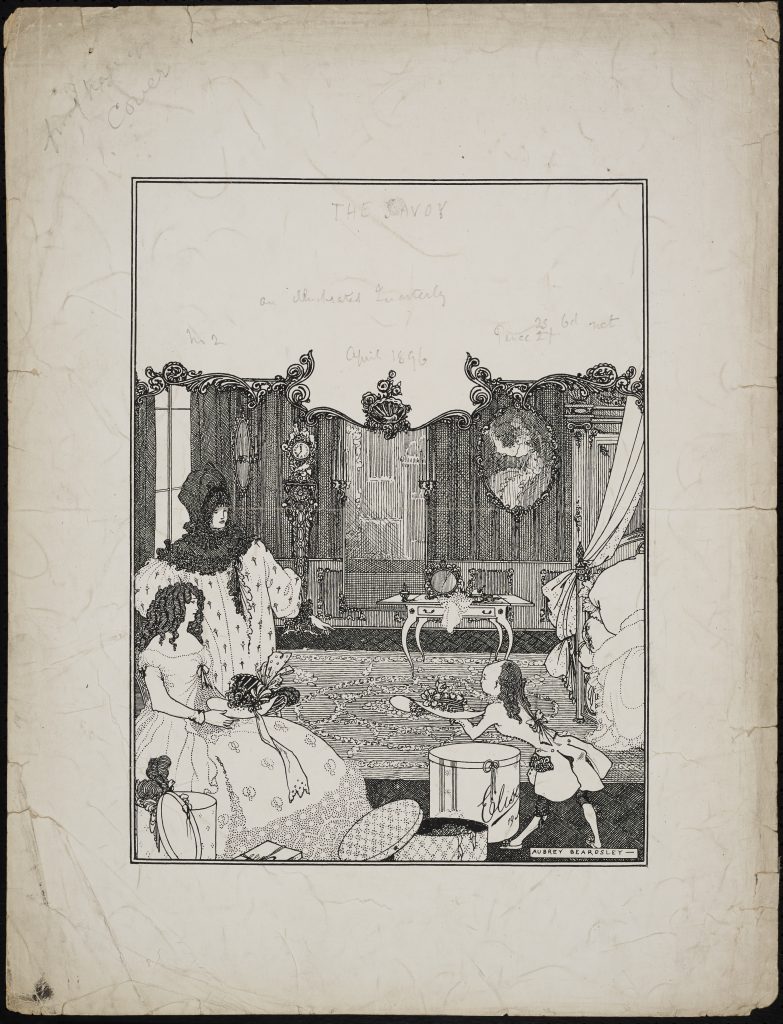

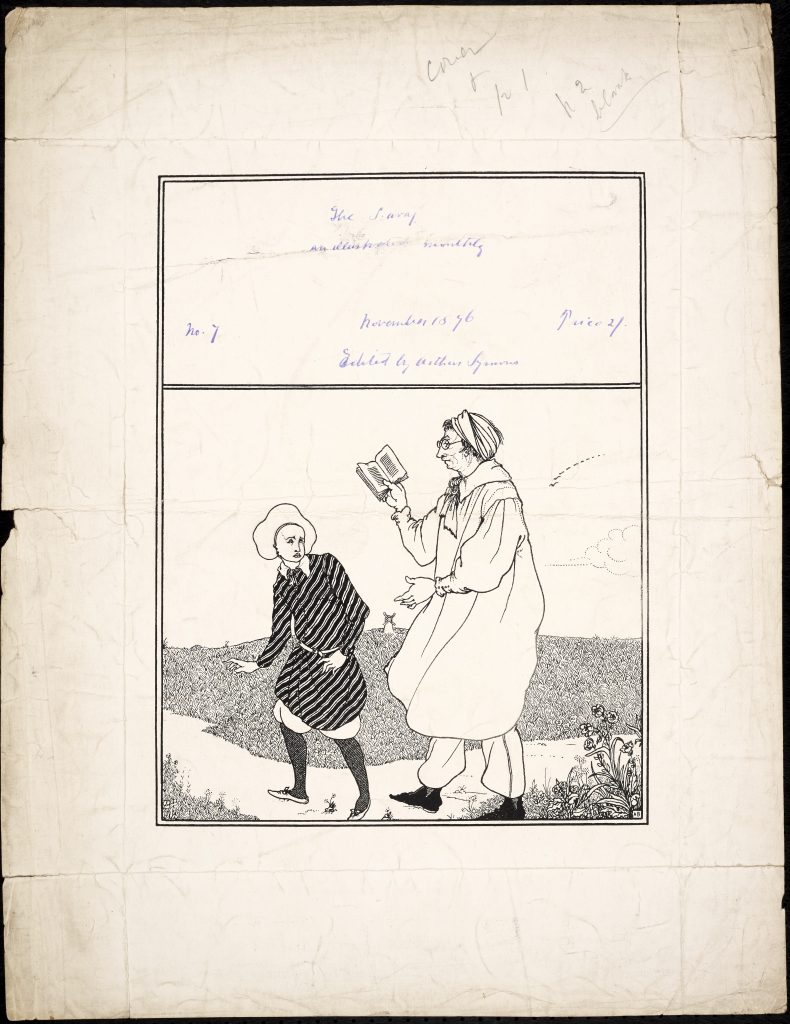
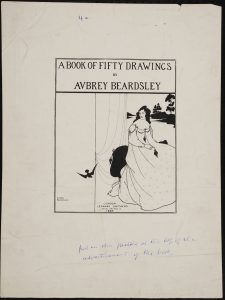
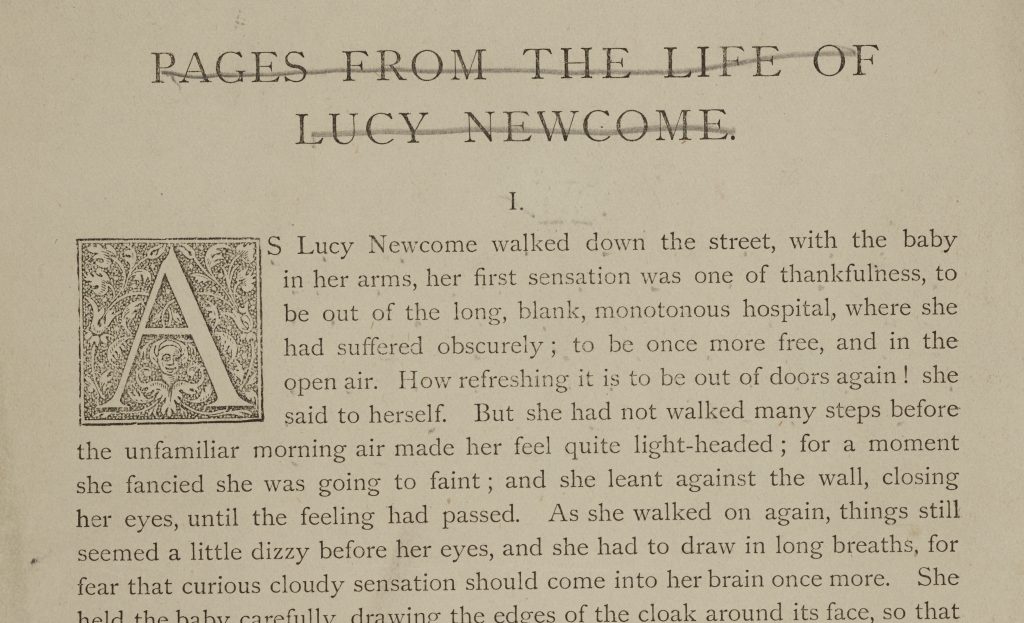
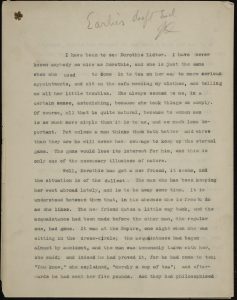
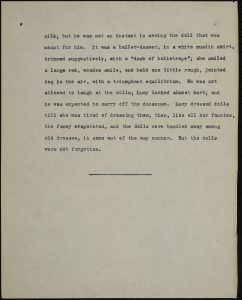
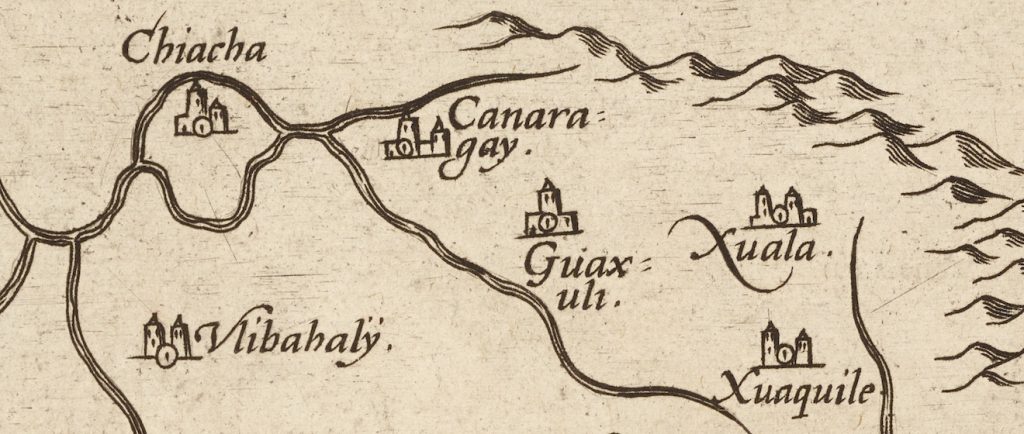
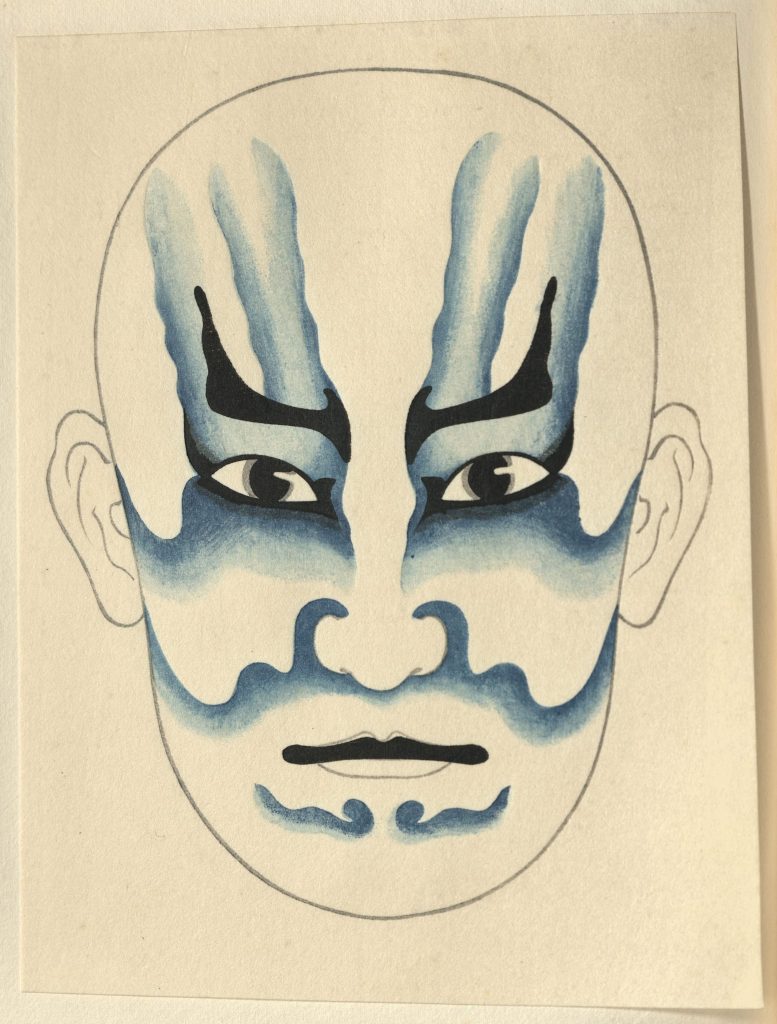
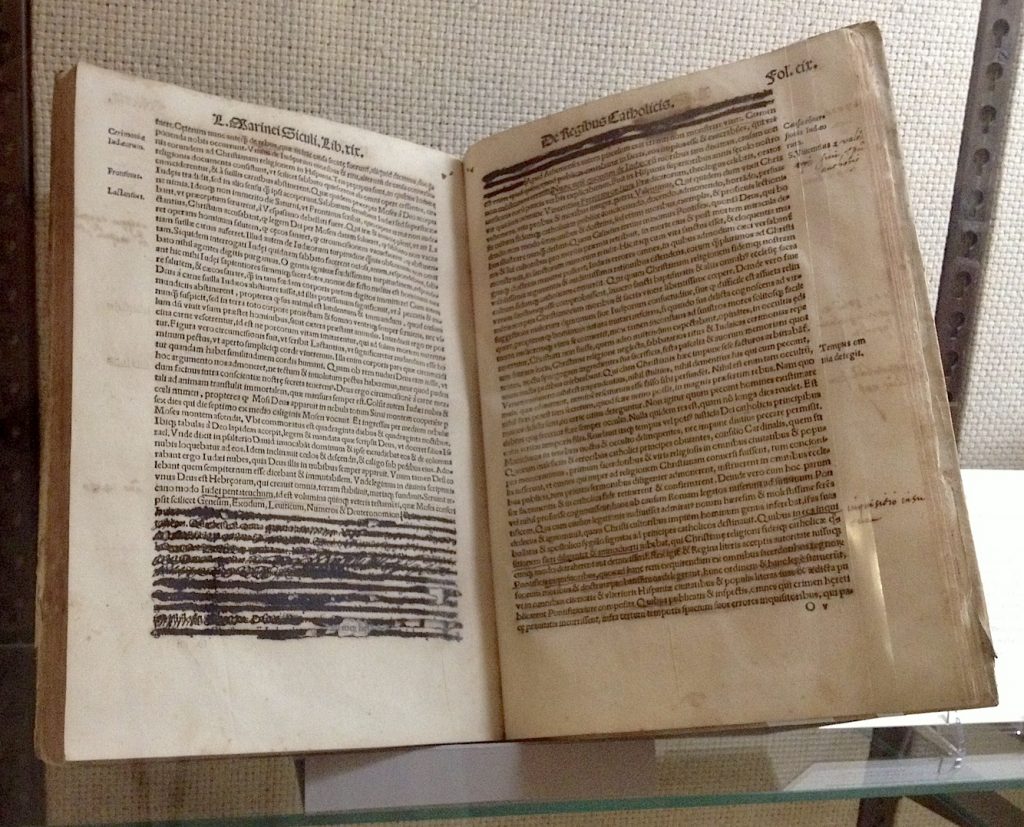
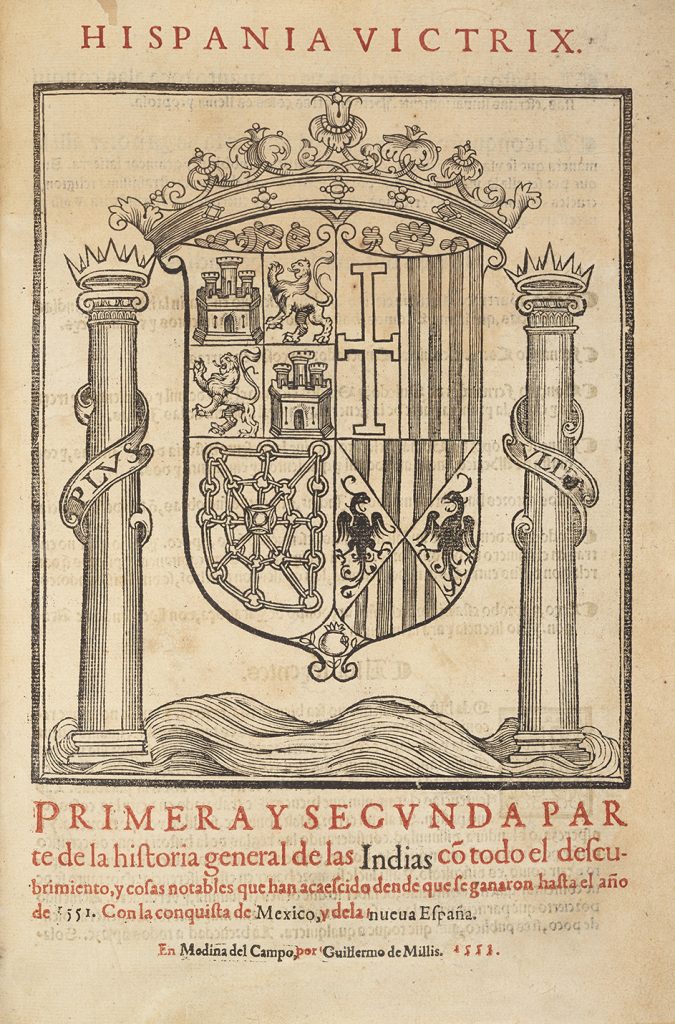
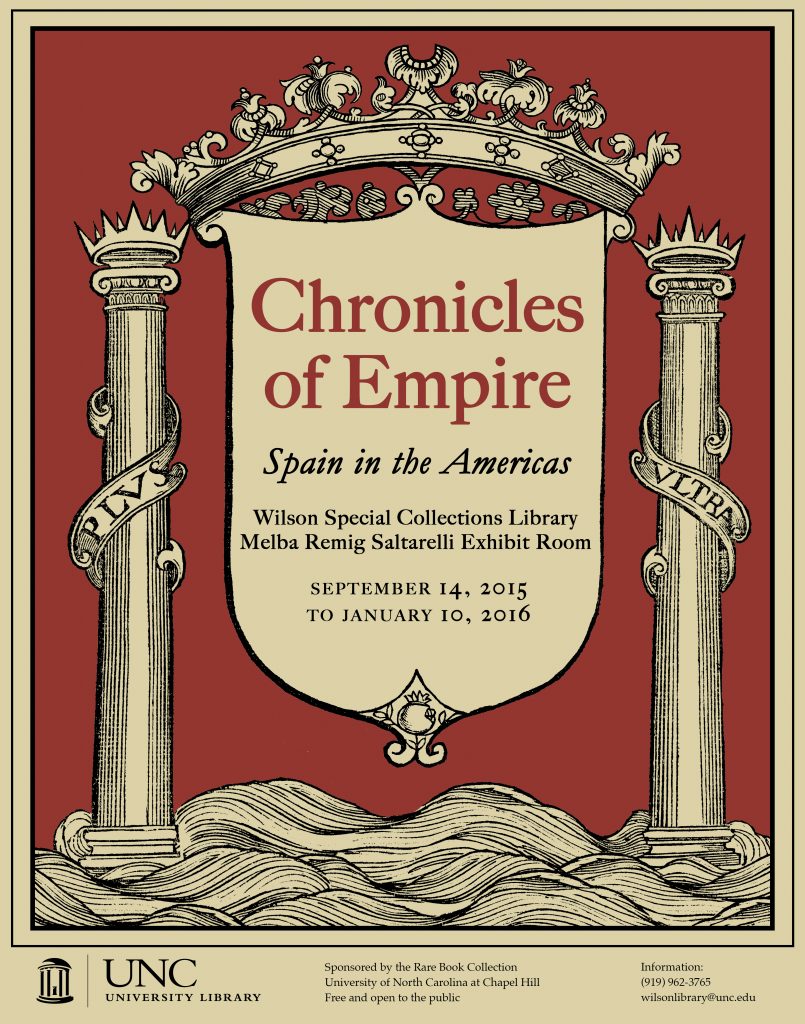
![Baldo Bartolini, De dotibus et dotatis mulieribus ([Venice] : Expensis [et] ingenio Paganini de Paganinis .... 9 March 1496) | Folio-2 Incunabula 354.5](https://blogs.lib.unc.edu/rbc/wp-content/uploads/sites/4/2015/09/Inc_354-5_FINAL_crop-957x1024.jpg)
